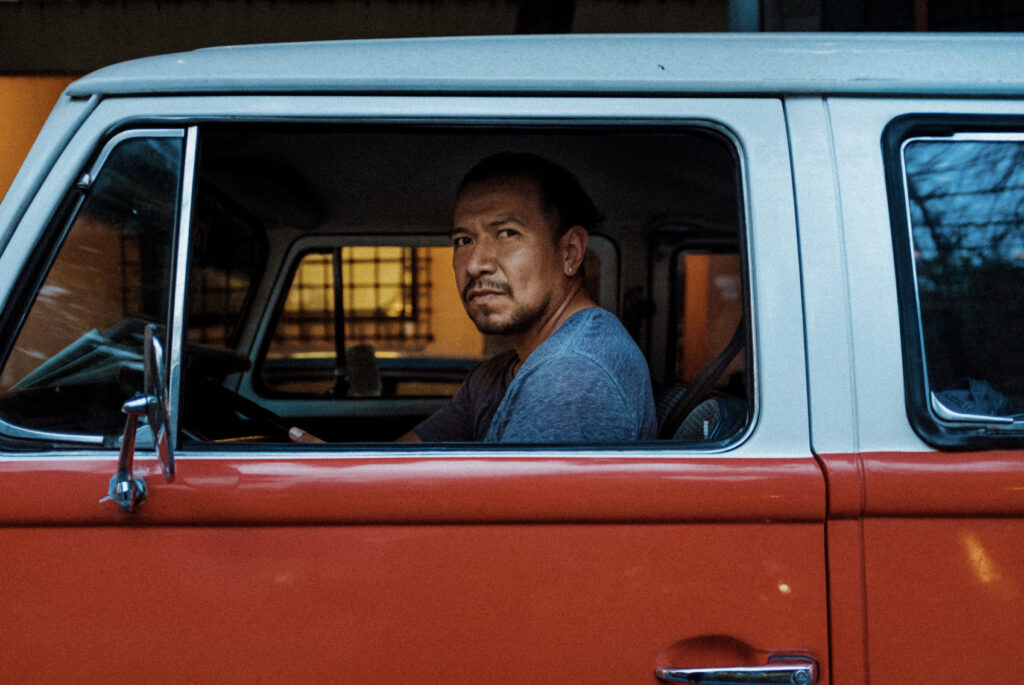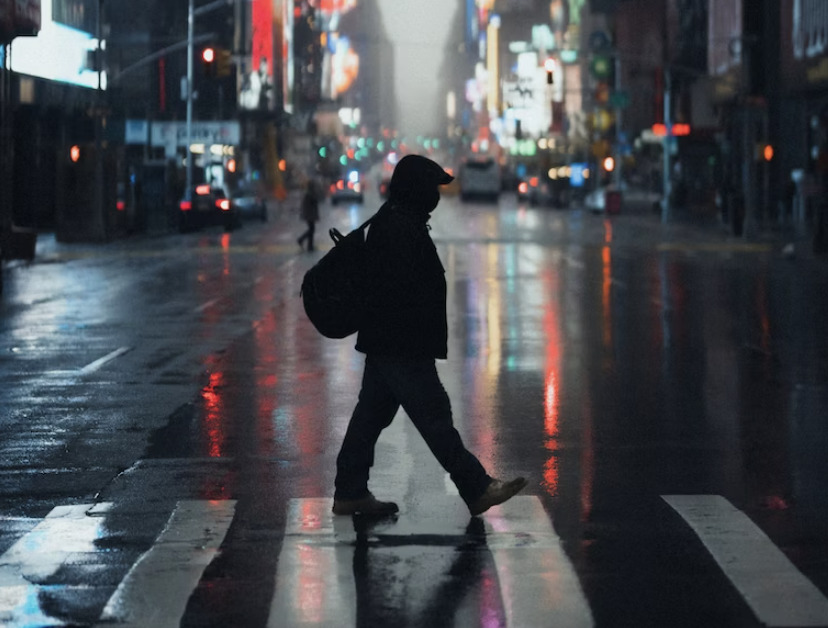Street photography is perhaps one of the most daunting genres to attempt, especially for newcomers. The idea of photographing random people in urban environments can even send shivers down the spine of an accomplished photographer.
However, good street photography can be one of this art's most powerful and evocative forms. It can provoke thought, question the scene, and inspire us visually.
Getting into this genre of photography might seem a difficult task, but it doesn’t have to be. Today we are going to look at what a street is, what equipment you need, and how to actually shoot on the streets.
What Is Street Photography?
The term street has become a little diluted in recent years. The fear of unwanted interaction, privacy rules, and negativity in the media has led to many people doing street photography that are literally just streets with people in them.
Whilst technically, that might be street photography, the real art goes so much deeper. It explores the relationship between humans and the built environment. A good street photographer will isolate a scene that, to most of us, will go unnoticed. Street photography is full of juxtaposition, humor, storytelling, and great light. It is about capturing the character not only of the subject but also of the location. Street photography is hard, but it is also extremely rewarding.
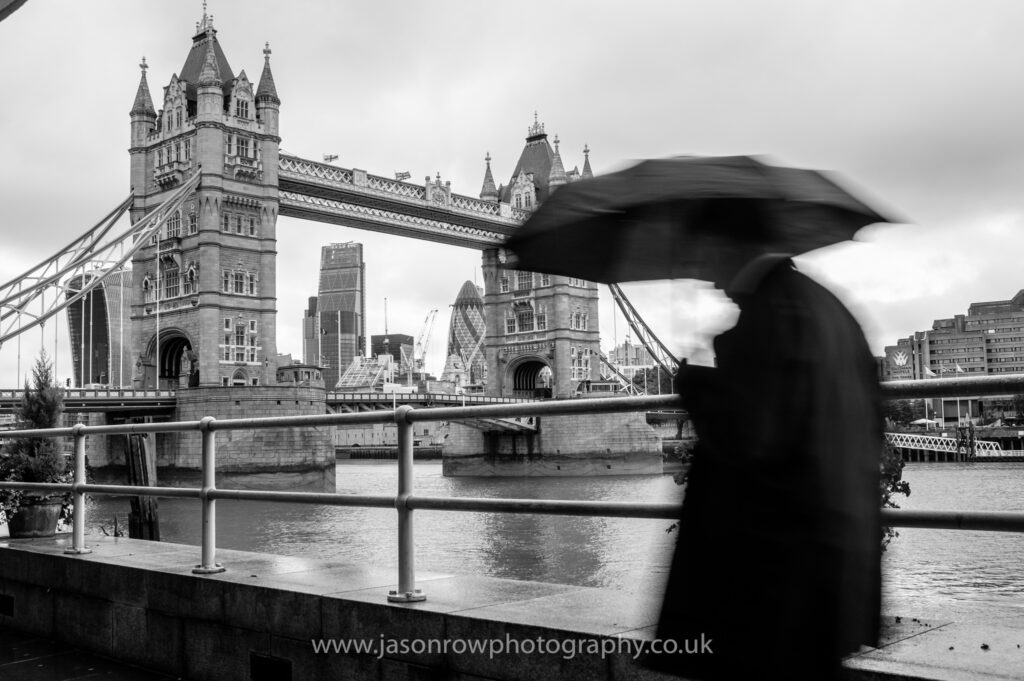
Equipment For The Streets
Street photography, first and foremost, is about discretion. Whilst you may well get amazing images with a Nikon D5 and 200mm f/2.8, you are going to find many more people noticing you and, in turn, changing their natural behavior. It’s that natural behavior that is key to capturing good shots.
Any camera can capture this type of photo, but more compact models are going to be better suited. A lot of street photographers use rangefinder-style cameras with fixed lenses, such as the Fuji X100 series. These are extremely discrete yet have a lot of control. Their fixed prime lenses not only train the photographer to shoot a certain way but also help create a style.
As a newcomer, you might want a camera that has good, fast autofocus and controls that fall easily to hand. The Fuji X series has become very popular for street photographers because of the retro controls that can be changed very quickly and on the fly without resorting to menus.
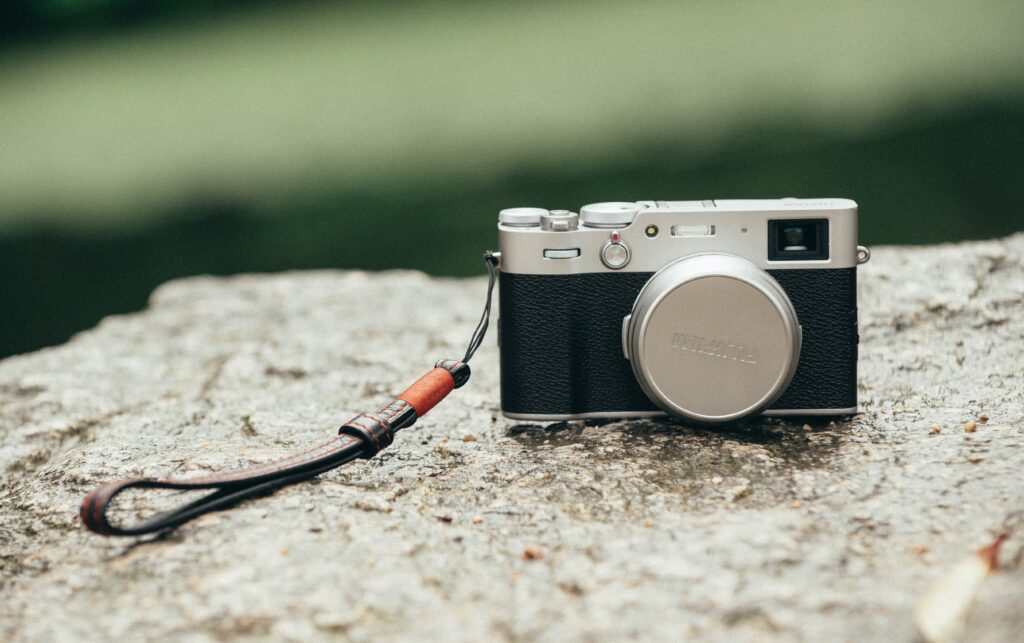
You are looking for a minimalist approach to your equipment. One camera, single lens, and a small kitbag if needed. If you want to travel light, you may well be pounding the pavement for many hours looking for the right shot.
There are two approaches to lenses for street photography. Standoff candids with a telephoto lens or get in close with a moderate wide angle. Bokeh and depth of field are not great considerations in most street images, so lenses do not have to have a wide aperture. Fast and quiet focus are better traits to aim for.
Beyond the actual gear you choose to use, the most important factor is to know your camera. Street photography is long periods of waiting followed by a few seconds of opportunity. You need to know how to change your exposure setting and focus quickly and accurately in order to get the shot.
Know Your Place – Street Photography Tips
As we said at the top, street photography is not easy. You might have street photography fear, and it's understandable. However, like other genres of photography, familiarity and practice are key. The familiarity aspect is important when you are starting out. Choose a location that you know well, one that you are familiar with not only visually but also the way the place ebbs and flows with people.
Pro Tip: Understand the legalities of street photography in your area. Laws regarding privacy and public places vary, so be aware of your rights and responsibilities.
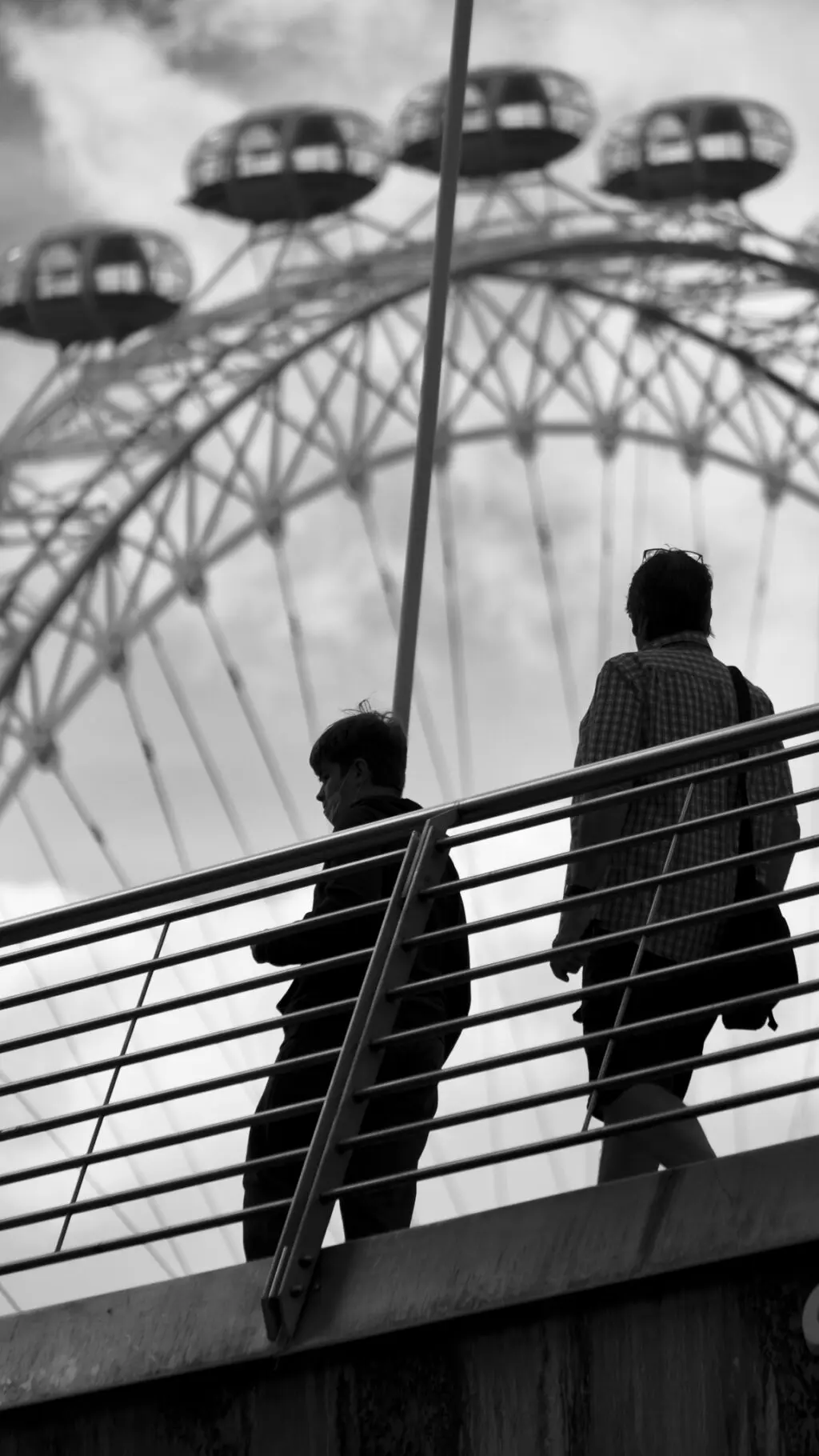
By understanding how people interact with that location, you will soon start to see when someone stands out. It might be an eccentrically dressed man in a park with workers eating lunch. It might be an elegant woman carrying a cat through a street full of business suits.
Look for the personal juxtapositions in your location but also look for ways to highlight those juxtapositions. Light and shade are often used well in great street photography, with the subject bathed in light with shadows acting as leading lines or frames that bring the viewer's attention. Another often-used compositional technique is negative space. In this scenario, your street subject would be surrounded by an area with little or no details to catch the eye. Despite being small in the frame, the viewer’s eye will be drawn towards them.
Pro Tip: Study street photographers! Look at the work of renowned street photographers like Henri Cartier-Bresson, Daido Moriyama, and Vivian Maier to inspire and learn from their techniques.
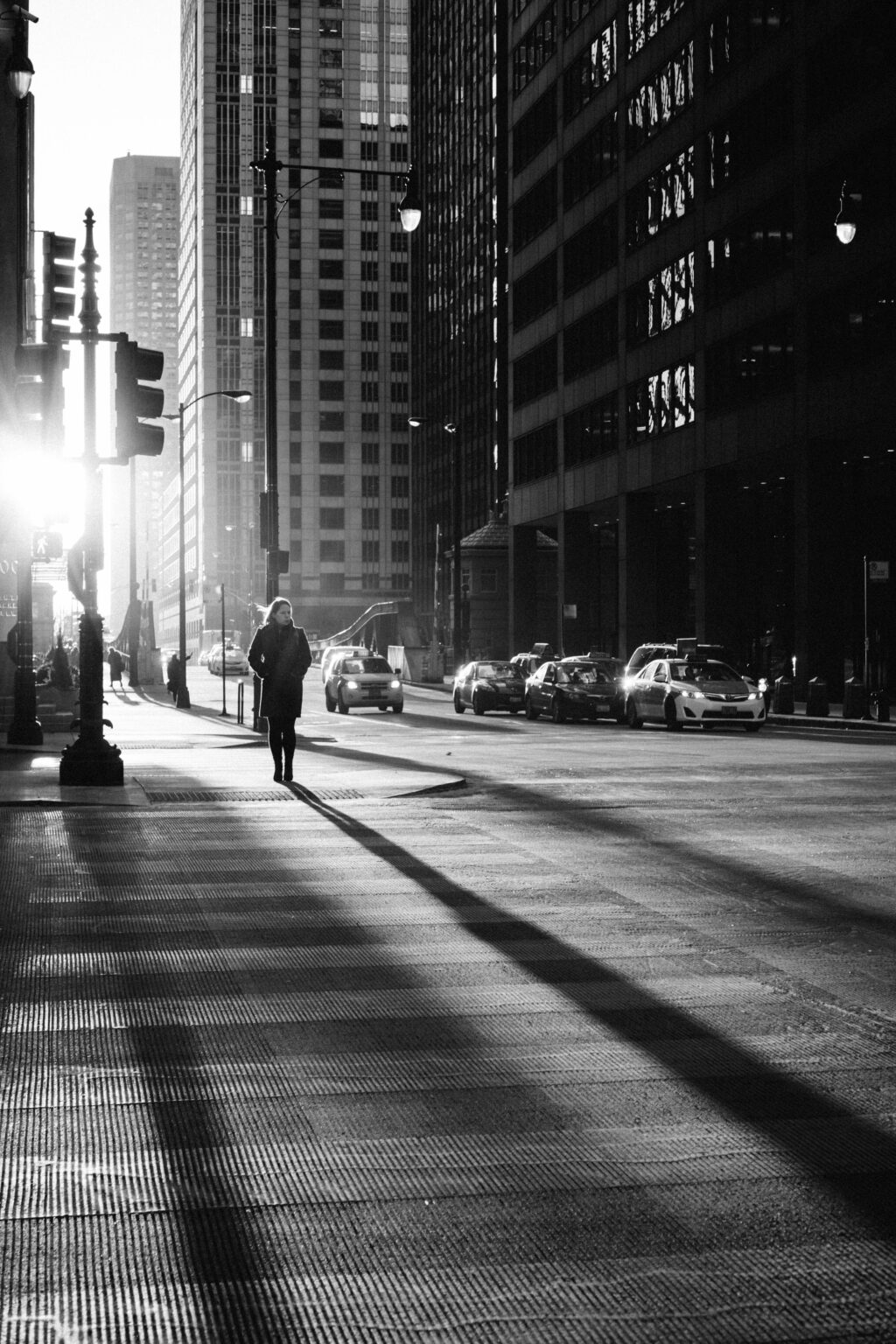
Overcoming The Fear
Possibly the biggest reason many people do not get into street photography is fear of confrontation. It’s a real fear, and there is no doubt that you will soon come across a subject that doesn't want to be photographed.
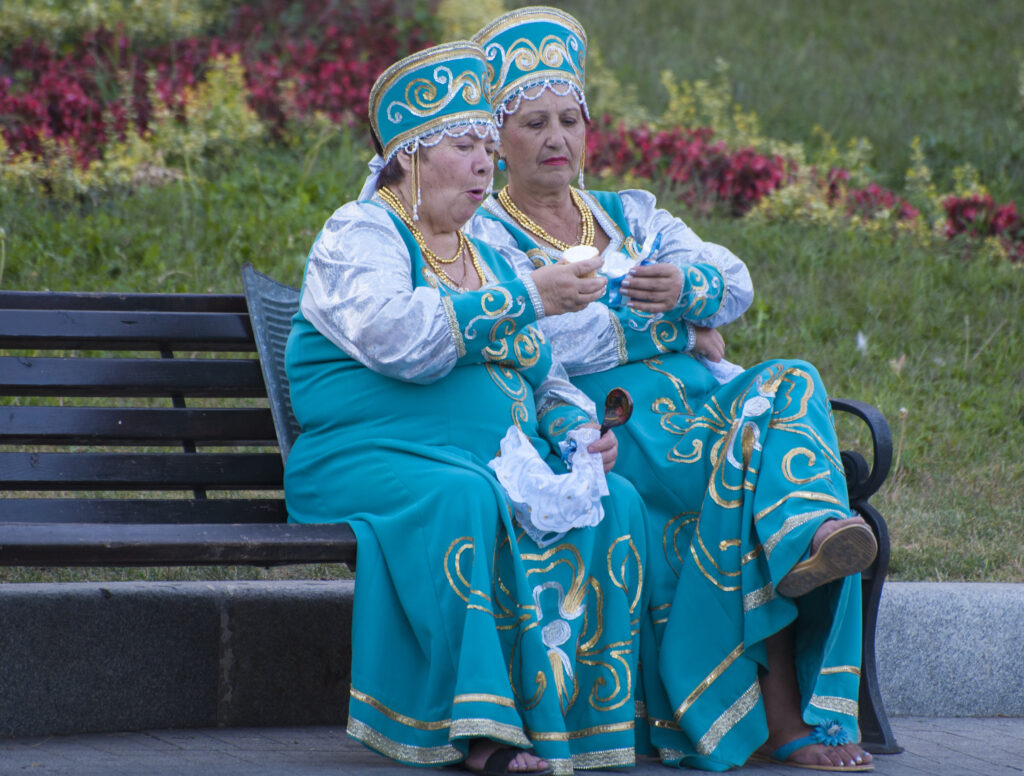
In the early stages of your street photography journey, one way to negate this will be to shoot candidly with a telephoto. By putting some distance between you and the subject, you can alleviate the chances of you being spotted. As your confidence builds, you can start to move closer, perhaps even making eye contact with the subject. Street performers such as street musicians can be a great subject!
If you are confronted, it’s important to remain calm, open and honest. Explain what you are doing, show the person the images, and if requested, delete them. A person will rarely ask you to delete; in many cases, once they see the image, they may ask you to send them a copy.
Pro Tip: Change perspectives! Experiment with different angles and perspectives. Shoot from high above, low to the ground, or through objects to add variety to your shots.
When in close contact with your subject, if eye contact is made, be friendly, quickly drop the camera, and give the subject a smile or a nod, some form of acknowledgment. You will find, in nearly every case, that acknowledgment is reciprocated.
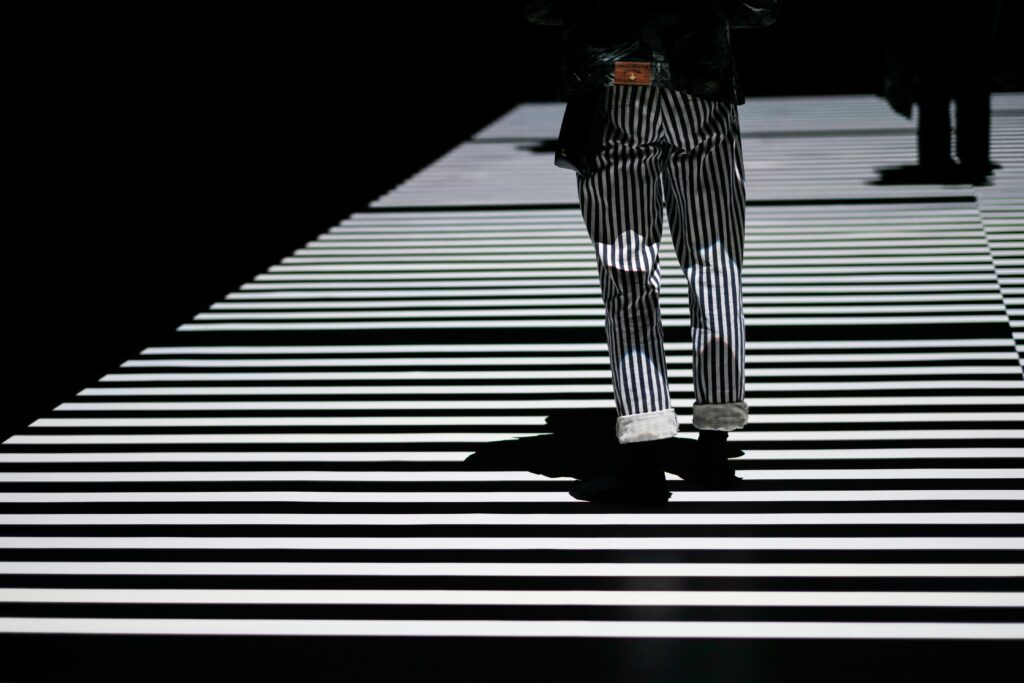
Shooting Without People
If you really struggle with the idea of shooting people, street photography does not always have to have a human subject. As we have mentioned, the street is about human interaction with the built environment, which can also mean objects that humans use. An unemptied garbage bin, discarded litter outside an expensive shop, and even just the shadows of people in their environment. All of these can be called street photographs without invoking the fear of unwanted interactions.
Street photography can seem tough, but with practice and perseverance, it can become an incredibly rewarding genre of our chosen art. Like any new genre, take baby steps at first, slowly pushing your comfort zone as your confidence builds. Later on, you will be able to capture amazing fleeting moments.
Over time you will not only find yourself moving closer to people but also noticing more and more how those people interact with their environment. When you nail that, you will be a street photographer.
Further Reading:
- 7 Cool Tutorials On Street Photography
- How To Capture More Creative Street Photography
- 8 Useful Ideas For Shooting Amazing City Photos
- 8 Tips On Street Photography To Help You Capture More Dynamic Images
- Two Skills You Can Practice At Home For Better Street Photography
- Street Photography Tips – Adobe



